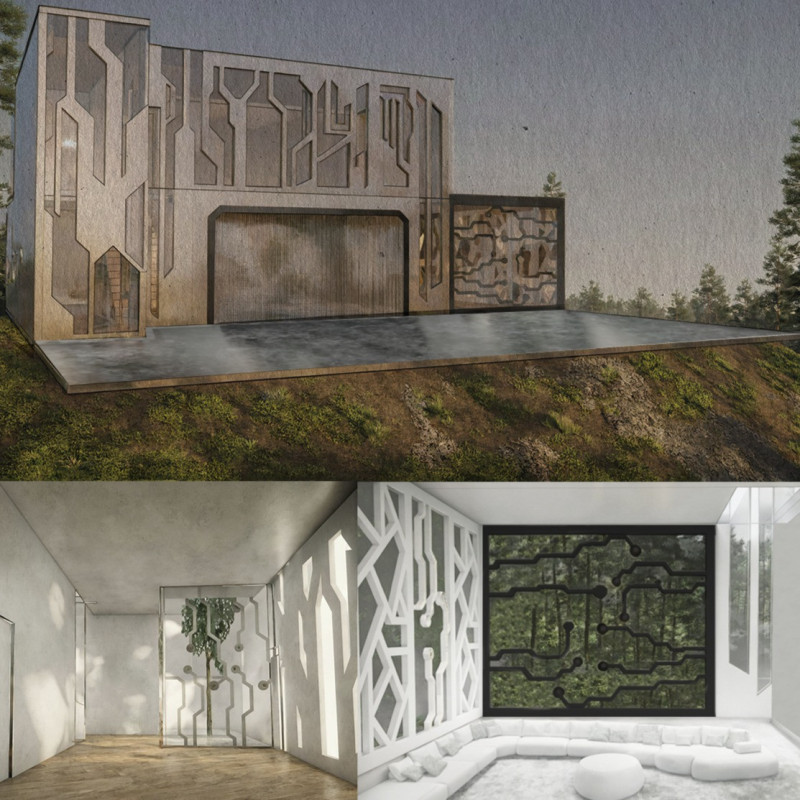5 key facts about this project
At the core of this architectural endeavor is a commitment to sustainability and contextual relevance. The design reflects an understanding of its physical surroundings, incorporating natural elements and local materials that resonate with the geographic and cultural backdrop. This intentional choice not only aids in minimizing the environmental impact but also fosters a stronger connection to the community. Each material used within the construction—such as locally sourced timber, glass, and concrete—plays a pivotal role in not only shaping the visual narrative of the structure but also enhancing its durability and functionality.
The layout of the project speaks to a well-considered spatial organization that promotes accessibility and interaction. Key areas are designed to facilitate both public engagement and private respite, catering to the diverse needs of its users. Open communal spaces are interspersed with more intimate zones, allowing for various activities ranging from social gatherings to quiet reflection. The flow of circulation is meticulously designed, guiding users seamlessly throughout the different functional areas while also providing visual connections to the surrounding landscape.
Unique design approaches are evident throughout the project, particularly in the way natural light is harnessed. Strategically positioned windows and skylights invite ample sunlight, reducing the reliance on artificial lighting during the day. This design decision not only contributes to energy efficiency but also enhances the ambiance, creating an inviting atmosphere that encourages occupancy. The incorporation of green roofs and living walls further emphasizes sustainability, promoting biodiversity and providing insulation, while also creating visually appealing aspects that soften the structural lines.
The scale and proportion of the building respect the existing context, minimizing disruption while enhancing its visual presence. Lower heights in certain areas enable a more subtle integration into the landscape, while thoughtfully designed architectural features like overhangs and terraces invite users to engage with the outdoors. This consideration creates a dialogue between the architecture and its setting, blending the built environment with nature.
Throughout the design process, the project remains grounded in modern architectural ideas while also paying homage to traditional local practices. This blend manifests in the choice of details such as cantilevered elements and textured facades, which together establish a coherent visual identity that is both contemporary and contextually aware. By doing so, the project does not merely occupy space; it enriches it, responding to its urban environment in a meaningful way.
In sum, this architectural project represents a holistic approach to design that prioritizes sustainability, community, and thoughtful engagement with the surrounding context. By exploring elements such as architectural plans, architectural sections, architectural designs, and architectural ideas, viewers can gain a deeper understanding of the conceptual underpinnings and practical outcomes of this endeavor. For those interested in delving into the specifics of this project presentation, further exploration offers valuable insights into its innovative design approach and the impactful narratives it seeks to convey.























